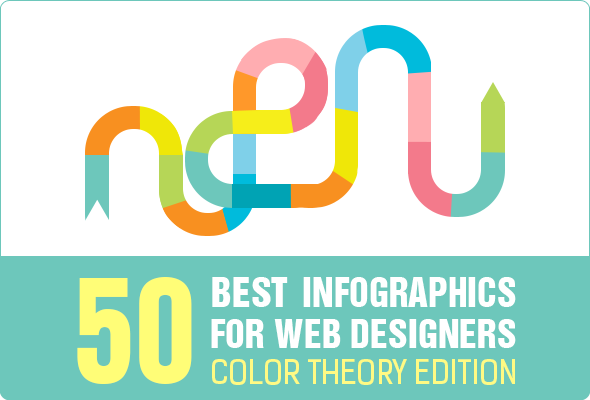Interested In Discovering How Site Style Has Changed Throughout The Years? Explore The Trip
Interested In Discovering How Site Style Has Changed Throughout The Years? Explore The Trip
Blog Article
Short Article By-Thorsen Clarke
In the past, internet sites were simple and focused on information. Navigating was direct, and design was for desktops. Now, user experience is crucial. Information guides styles for very easy navigation. Receptive formats fit various devices. Today, dark setting decreases pressure, and minimalist menus enhance navigating. Interactive features engage customers, and bold visuals attract attention. AI combination increases interaction. See just how layout has actually advanced to boost your on-line trip.
Early Days of Website Design
In the very early days of website design, simpleness preponderated. Web sites were standard, with limited shades, typefaces, and formats. The emphasis got on providing information instead of showy visuals. Customers accessed the internet via sluggish dial-up links, so speed and capability were crucial.
Navigation food selections were straightforward, commonly situated on top or side of the web page. Internet sites were developed for desktop, as mobile surfing had not been yet prevalent. Content was king, and developers focused on simple readability over complex layout components.
HTML was the primary coding language utilized, and developers needed to function within its restraints. Animations and interactive features were minimal compared to today's requirements. https://startups.co.uk/marketing/digital-marketing-trends/ were fixed, with little dynamic content or individualized individual experiences.
Rise of User-Focused Layout
With the evolution of internet site style, a change towards user-focused layout concepts has actually come to be significantly prominent. Today, creating web sites that focus on customer experience is critical for engaging visitors and accomplishing company goals. User-focused style includes recognizing the demands, choices, and behaviors of your target audience to tailor the internet site's design, web content, and features appropriately.
Developers currently perform detailed research study, such as individual surveys and usability testing, to gather insights and responses directly from customers. This data-driven method aids in creating instinctive navigation, clear calls-to-action, and visually enticing user interfaces that resonate with site visitors. By positioning the user at the center of the style procedure, websites can provide a more personalized and delightful experience.
Responsive layout has actually additionally emerged as an essential facet of user-focused layout, making sure that internet sites are optimized for different tools and screen sizes. This adaptability enhances access and use, accommodating the varied methods customers engage with sites today. In essence, the surge of user-focused layout represents a change in the direction of producing digital experiences that focus on the requirements and expectations of completion individual.
Modern Trends in Web Design
Explore the most recent patterns shaping web design today. One famous pattern is dark setting layout, offering a smooth and contemporary look while lowering eye stress in low-light environments. One more vital trend is minimalist navigation, simplifying food selections and improving customer experience by focusing on essential elements. Including micro-interactions, such as computer animated buttons or scrolling impacts, can produce an extra interesting and interactive website. Receptive design remains crucial, making sure seamless individual experiences throughout various gadgets. Additionally, using vibrant typography and unbalanced designs can include aesthetic passion and accentuate specific web content.
Incorporating AI modern technology, like chatbots for client support or individualized suggestions, enhances individual involvement and streamlines processes. Availability has additionally become a substantial trend, with developers focusing on inclusive design techniques to cater to diverse individual demands. Accepting sustainability by enhancing site efficiency for speed and efficiency is one more arising fad in web design. Working together with https://techbullion.com/seven-tools-to-organize-and-optimize-your-digital-marketing-strategy/ and data analytics to iterate and boost style constantly is important for remaining relevant in the ever-evolving digital landscape. By welcoming these modern trends, you can develop an aesthetically enticing, user-friendly web site that reverberates with your target market.
Conclusion
As you reflect on the evolution of site design from the very early days to currently, you can see just how user-focused design has actually come to be the driving force behind contemporary trends.
Embrace the trip of modification and adaptation in web design, constantly maintaining the customer experience at the leading edge.
Stay current with the latest trends and technologies, and never ever quit developing your method to produce visually sensational and easy to use internet sites.
Develop, adapt, and create - the future of web design is in your hands.
